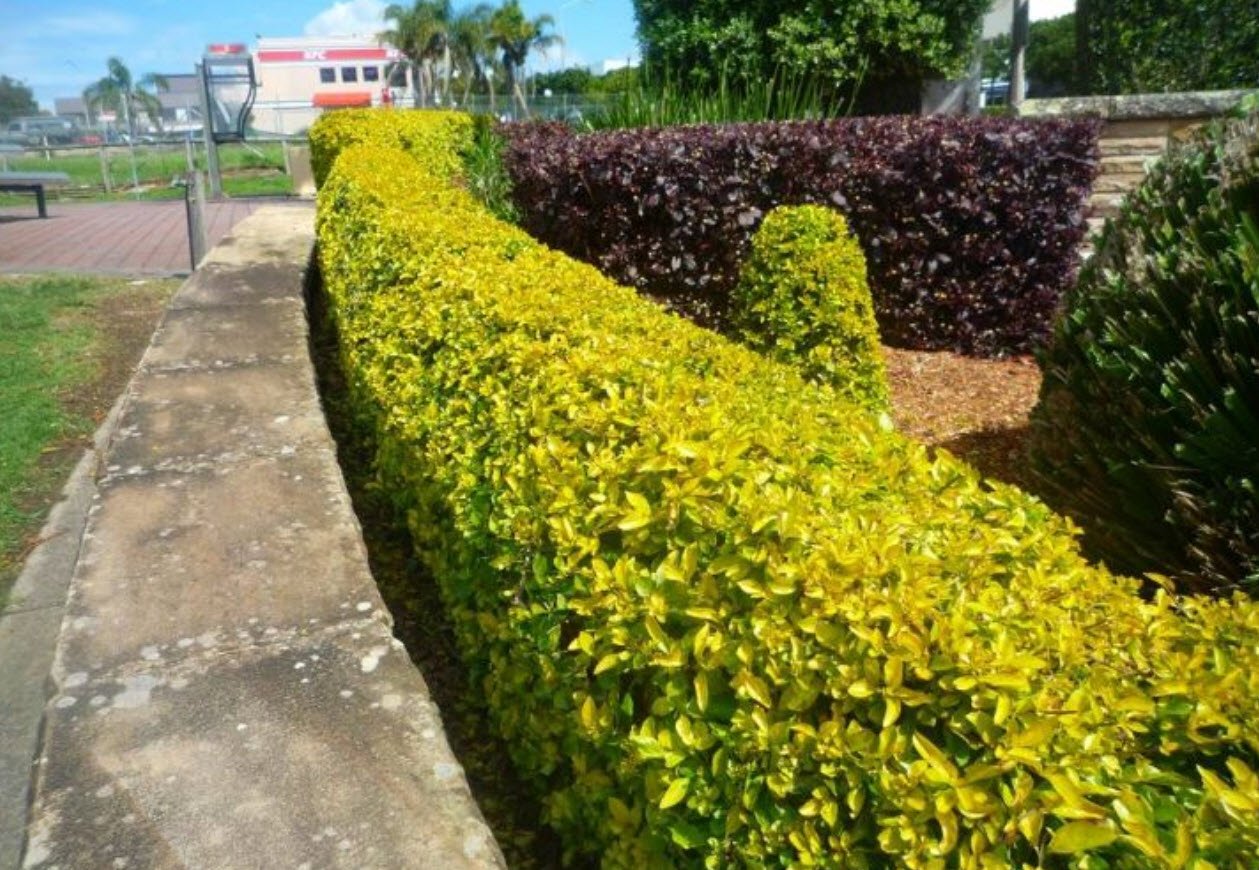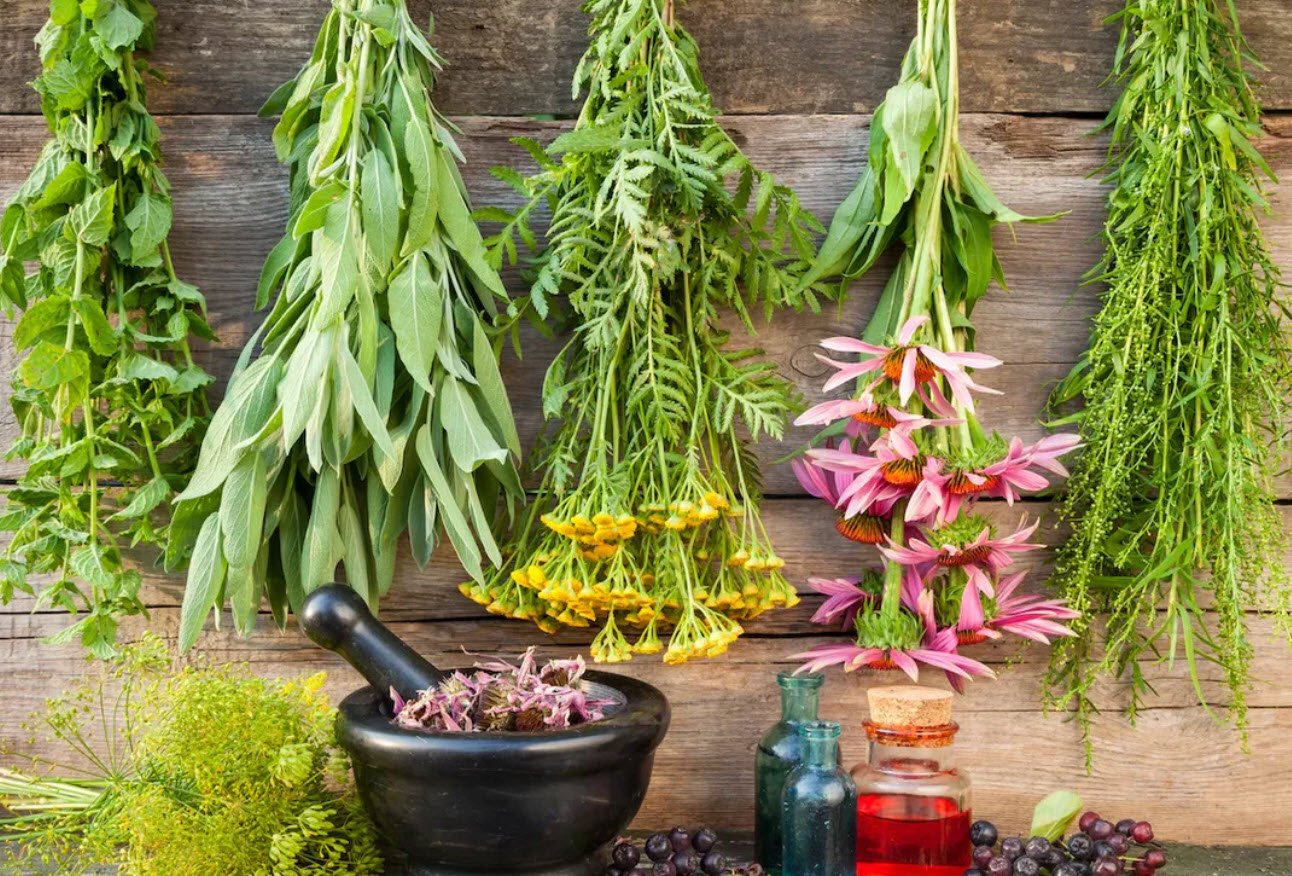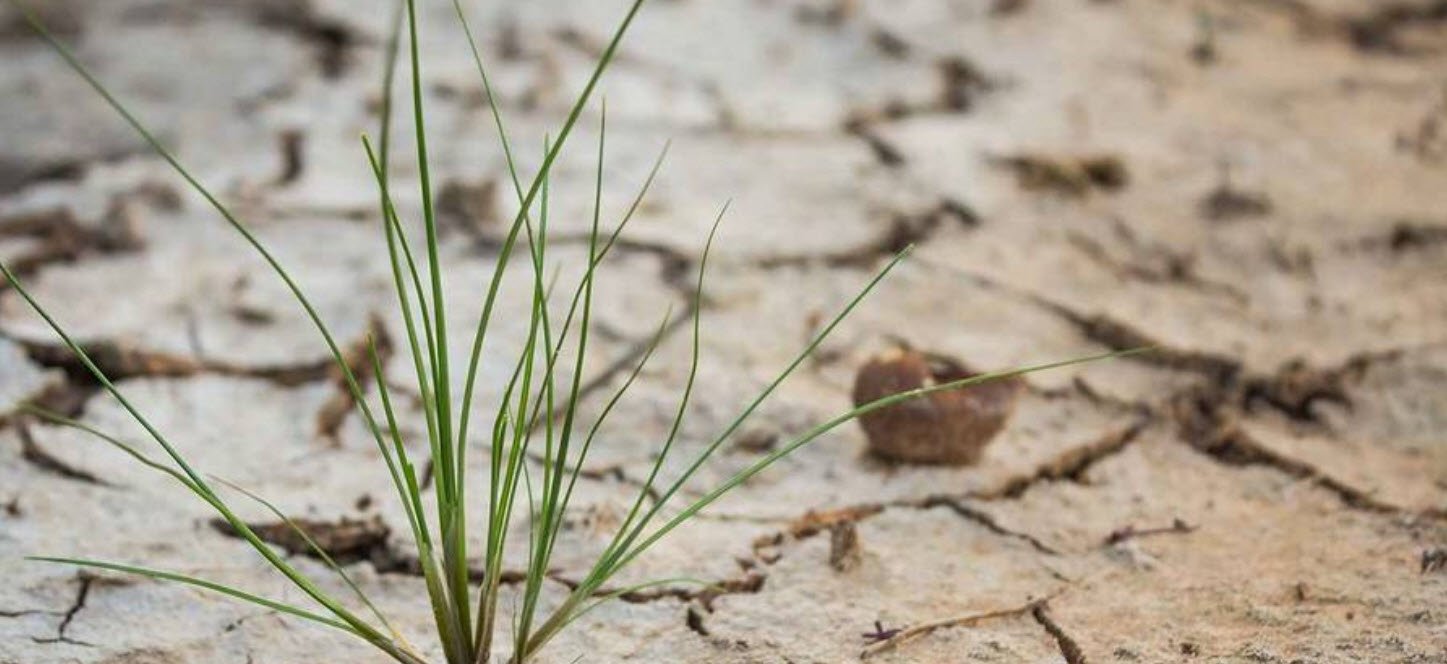
Selecting a site for your garden is the first step in growing the vegetables, fruits, and herbs that you want. You do not need a large space to grow a significant amount.
Creating a garden that is about 25 feet squared should be sufficient for a family. It is important that you don’t start off with a space that is too large—it is better to start small and then work your way up if you find that gardening is something that you truly enjoy.
Five Factors to Consider When Choosing a Garden Site
1. Sunlight
Sunlight is crucial for the growth of vegetables and other plants. For your garden to grow, your plants will need at least six hours of direct sunlight per day.
To make sure your garden receives an ample amount of sunlight, don’t select a garden site that will be in the shade of trees, shrubs, houses, or other structures. Certain vegetables, such as broccoli and spinach, grow just fine in shadier spots, so if your garden does receive some shade, plant those types of vegetables in the shadier areas.
Also Read: The 7 Essential Factors in Planning a Garden
However, on a whole, if your garden does not receive at least six hours of intense sunlight per day, it will not grow as efficiently or successfully. A garden of about 25 feet squared should be adequate to produce enough vegetables for a family of four to six to enjoy.
2. Proximity
Another consideration is how close you place your garden to your home. If your garden is closer to your house and easy to reach, you will most likely use it more often—and to its fullest potential.
Having a garden close to your home will help you to pick your vegetables and fruit at their peak ripeness, allowing you access to an abundance of fresh produce on a regular basis. Weeding, watering, and controlling pests are all more likely to be attended to if your garden is situated near your home.
Overall, gardens placed closer to the home will receive more attention and thus be healthier and more productive.
3. Soil Quality
Contrary to some beliefs, you do not need perfect soil to start and grow a productive garden. However, it is best to have soil that is fertile, full of organic materials that provide nutrients to the plant roots, and easy to dig and till.
Loose, well-drained soil is ideal for growing a good garden. If there is a section of your yard where water does not easily drain after a good, soaking rain, it is best not to plant your garden in that area, as the excess water will most likely drown your garden plants.
Furthermore, soils that are of a clay or sandy consistency are not as effective in growing plants. To make these types of soils more nutrient-rich and fertile, add in organic materials (such as compost or manure) to improve their quality.
4. Water Availability
Water is vital to keeping your garden green, healthy, and productive. A successful garden needs around 1 inch of water per week to thrive. Rain and irrigation systems are effective in maintaining this 1-inch-per-week quota. Situating your garden near a spigot or hose is ideal, allowing you to keep the soil moist and your plants happy.
You may also read: Drawing Equipment and Instruments Used in Garden Landscape Designing
If you don’t have enough space for a full garden, you can plant in flowerpots or other containers. Potted plants are especially convenient because you can move them around to get more light or to make watering easier. Gloves, a trowel, and a watering can are some of the most basic tools you should have on hand for gardening.
5. Elevation
Make sure your garden is not located in an area where air cannot circulate and where frost quickly forms. Placing your garden in a low-lying area, such as at the base of a slope, should be avoided, as these lower areas do not warm as quickly in the spring, and frost forms quickly during the spring and fall because the cold air collects in these areas.
Your garden should, if at all possible, be elevated slightly, on ground that is higher up. This way, your garden plants will be less likely to be affected by frost and you’ll be able to start your garden growing earlier in the spring and harvest well into the fall.
Some Other Things to Consider
- When planning out your garden, it is useful to sketch a diagram of what you want your garden to look like.
- What sorts of plants to you want to grow?
- Do you want a garden purely for growing vegetables or do you want to mix in some fruits, herbs, and wildflowers?
Choosing the appropriate plants to grow next to each other will help your garden grow well and will provide you with ample produce throughout the growing season. When planting a garden, be sure to have access to many types of tools. You’ll need a spade or digging fork for digging holes for seeds or seedlings (or, if the soil is loose enough, you can just use your hands).
You’ll also need a trowel, rake, or hoe to smooth over the garden surface. A measuring stick is helpful when spacing your plants or seeds (if you don’t have a measuring stick, you can use a precut string to measure).
If you are planting seedlings or established plants, you may need stakes and string to tie them up (so they don’t fall over in inclement weather or when they start producing fruit or vegetables). Finally, if you are interested in installing an irrigation system for your garden, you will need to buy the appropriate materials for this purpose.
Companion Planting
Plants have natural substances built into their structures that repel or attract certain insects and can have an effect on the growth rate and even the flavor of the other plants around them.
Thus, some plants aid each other’s growth when planted in close proximity and others inhibit each other. Smart companion planting will help your garden remain healthy, beautiful, and in harmony, while deterring certain insect pests and other factors that could be potentially detrimental to your garden plants.
These charts list various types of garden vegetables, herbs, and flowers and their respective companion and “enemy” plants.
Vegetables
| Type | Companion plant (s) | Avoid |
| Asparagus | Tomatoes, parsley, basil | Onion, garlic, potatoes |
| Beans | Eggplant | Tomatoes, onion, kales |
| Beets | Mint | Runner beans |
| Broccoli | Onion, garlic, leeks | Tomatoes, peppers, mustard |
| Cabbage | Onion, garlic, leeks | Tomatoes, peppers, beans |
| Carrot | Leeks, beans | Radish |
| Celery | Daisies, snapdragons | Corn, aster flower |
| Corn | Legumes, squash, cucumber | Tomatoes, celery |
| Celery | Daisies, snapdroagons | Corn, aster flower |
| Corn | Legumes, squash, cucumber | Tomatoes, celery |
| Cucumber | Radishes, beets, carrots | Tomatoes |
| Eggplant | Marigolds, mint | Runner beans |
| Leeks | Carrots | Legumes |
| Lettuce | Radish, carrots | Celery, cabbage, parsley |
| Melon | Pumpkin, squash | None |
| Peppers | Tomatoes | Beans, cabbage, kales |
| Onion | Carrots | Peas, beans |
| Peas | Beans, corn | Onion, garlic |
| Potato | Horseradish | Tomatoes, cucumber |
| Tomatoes | Carrots, celery, parsley | Corn, peas, potato, kales |
Herbs
| Type | Companion Plant (s) | Avoid |
| Basil | Chamonile, anise | Sage |
| Chamomile | Basil, cabbage | Other herbs (it will become oily) |
| Cilantro | Beans, peas | None |
| Chives | Carrots | Peas, beans |
| Dill | Cabbage, cucumber | Tomotoes, carrots |
| Fennel | Dill | Everything else |
| Garlic | Cucumber, peas, lettuce | None |
| Oregano | Basil, peppers | None |
| Peppermint | Broccoli, cabbage | None |
| Rosemary | Sage, beans, carrots | None |
| Sage | Rosemary, beans | None |
| Summer savory | Onion, green beans | None |
Flowers
| Type | Companion Plant (s) | Avoid |
| Geraniums | Roses, tomatoes | None |
| Marigolds | Tomatoes, peppers, most plants | None |
| Petunias | Squash, asparagus | None |
| Sunflowers | Corn, tomatoes | None |
| Tansies | Roses, cucumber, squash | None |
Plants for the Shade
It is best to situate your garden in an area that receives at least six hours of direct sunlight per day—especially if you want to grow vegetables or fruits.
Also Read: Care and Conditioning of Flowers – A Brief Guide
However, if the only part of your yard suitable for gardening is blocked by partial or full shade (or part of your sunlit garden receives partial shade during the day), you can still grow plenty of things in these areas—you just need to select plants that grow best in these types of environments.
It is a good idea, either when buying seedlings from your local nursery or planting your own seeds, to read the accompanying label or packet or do a little research before planting to make sure your plants will thrive in a shadier environment.
Beets like cool weather and do well in shady areas with rich soil. Plant beets at least 1 inch deep and 2 inches part. Weed regularly to ensure strong root development.
Vegetable plants that can grow in partial shade:
- Arugula
- Beans
- Beets
- Broccoli
- Brussels sprouts
- Cauliflower
- Endive
- Kale
- Leaf lettuce
- Peas
- Radish
- Spinach
- Swiss chard
Flowering plants that do well in partial and full shade:
- Bee balm
- Bellflower
- Bleeding heart
- Cardinal flower
- Coleus
- Columbine
- Daylily
- Dichondra
- Fern
- Forget-me-not
- Globe daisy
- Golden bleeding heart
- Impatiens
- Leopardbane
- Lily of the valley
- Meadow rue
- Pansy
- Periwinkle
- Persian violet
- Primrose
- Rue anemone
- Snapdragon
- Sweet alyssum
- Thyme
Bee balm does well in partial shade. Its bright color and sweet nectar have a tendency to attract bees and humming birds.
Spinach and other green, leafy vegetables tend to do well in shady areas. Just be sure they get enough water; trees or other shade-producing canopies can also block rainfall.
You may also like:- Top 10 Plants You Can Grow Instead of a Fence
- Winter Sowing – Growing Resilient Plants From Seed in the Cold
- 12 Medicinal Plants You Can Grow At Home
- Effective Gardening Tips for Saline Soils
- Effective Strategies For Working With Shallow Soils
- Effective Strategies For Working With Acid Soils
- Perennial Plants: The Garden’s Timeless Beauties
- Understanding the World of Horticulture: Varieties, Propagation, and More
- Top Strategies for Dealing with Compacted Soils
- Top 6 Effective Strategies For Working With Wet Soils









This Post Has One Comment